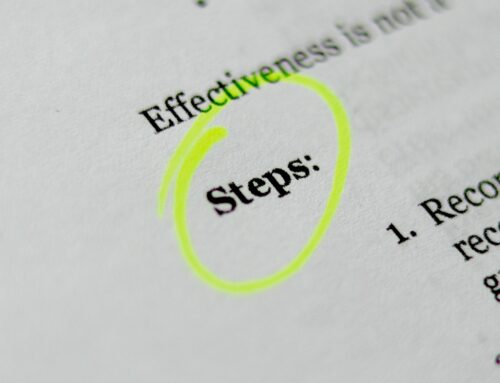There are multiple types of dysfunctional teams. These can be harder to spot when you are in the midst of a global pandemic and work structures are not the same as usual. From the outside, it might seem as though everything is “business as usual,” which is why it is important that managers or “higher-ups” conduct regular checks to make sure that teams are performing as efficiently as possible.
Part of having well-run teams is knowing what a poorly-run team looks like. In this article, we will discuss three different – but common – types of dysfunctional teams. By being able to identify these toxic dynamics, you will be able to better and more quickly address the issue.
The Team Where Nobody Gets Along
This type of dysfunctional team is probably the easiest to spot. Here you will see that members are often particularly competitive, and may keep information from one another in order to “benefit” themselves or make someone else look bad. You will be able to recognize this type of team because it will be very difficult for any agreement to be reached, and there may be a lot of complaining about different members behind closed doors.
In this type of situation, you should consider whether it is the individual team members who are not getting along, or whether the team leader could actually be sabotaging the group.
The Team Where Everyone “Gets Along”
This is a different type of dysfunctional team that can actually cause a bigger problem for your organization as a whole. In these groups, the individuals may agree to a solution, just because they do not want to be seen as disagreeable or causing friction within the group. Alternatively, they may also reject outside opinions and only see the opinions of others in the group as valid. Either way, it is unlikely that this team will be as effective as it could be.
The Team Where One Person’s Holding It Together
In this particular type of group, members operate independently, and only listen to or respect the orders or opinions of the team leader. This means that there are no shared ideas or opinions that could be strengthened with the larger perspective of the team. Essentially, each individual is working in a silo, which means that the team is not as strong as if everyone were working together.
Dysfunctional teams can look very different, so it is important that you keep an eye out for these different traits. Noticing these various features can help you address dysfunctional qualities early on, and help ensure that your teams are as effective and efficient as possible.
Photo by jean wimmerlin on Unsplash









